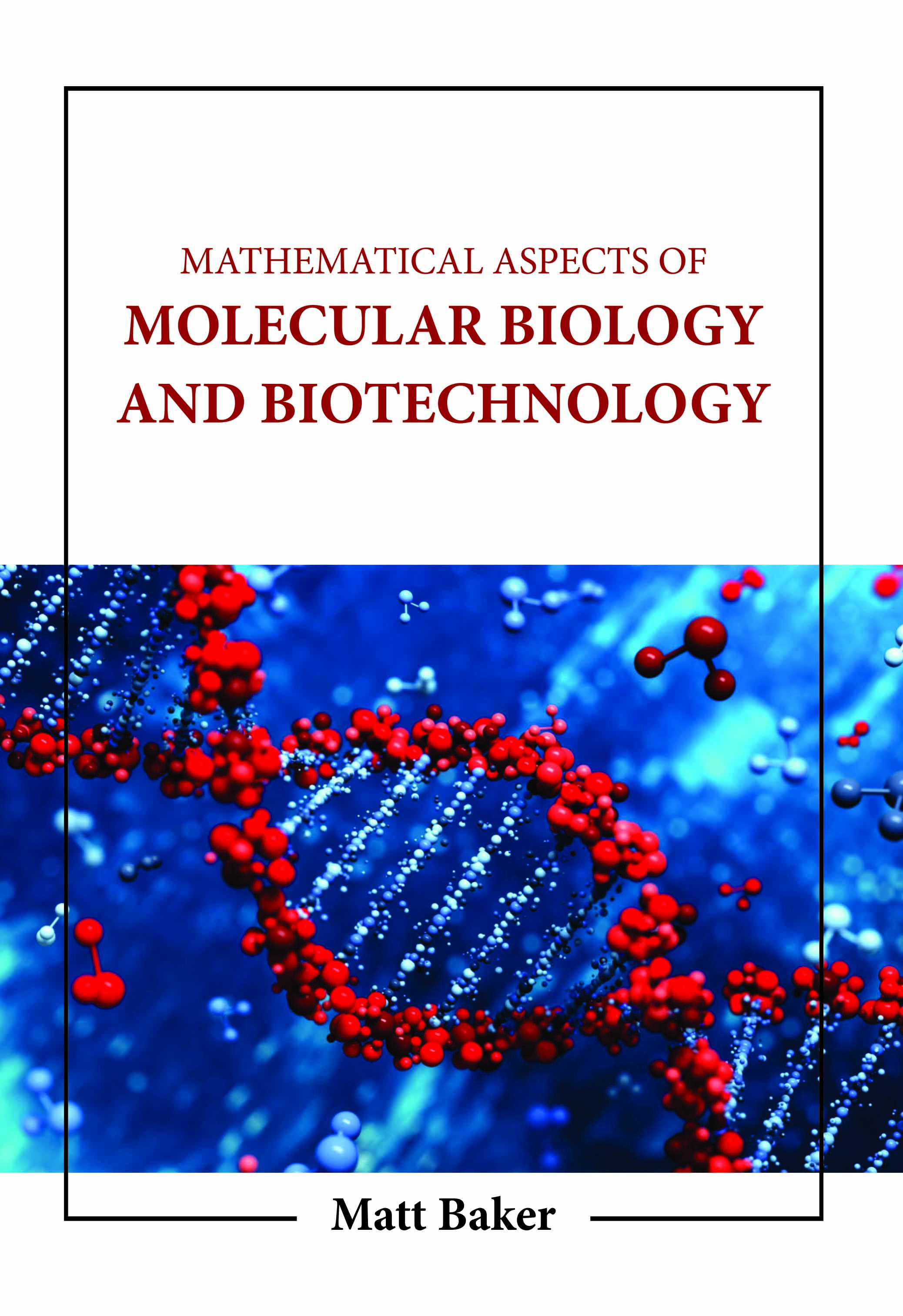
Mathematical Aspects of Molecular Biology and Biotechnology
by Matt Baker
| ISBN | 9781806246090 |
|---|---|
| Publisher | Digital Drive Learning |
| Copyright Year | 2026 |
| Price | $259.00 |

by Matt Baker
| ISBN | 9781806246090 |
|---|---|
| Publisher | Digital Drive Learning |
| Copyright Year | 2026 |
| Price | $259.00 |
The area of biology known as molecular biology is concerned with the macromolecules necessary for life. In biotechnology, living things are modified to produce useful goods. The field of molecular biology is fascinating! The development and advancement of drugs, vaccines, therapies, and diagnostic tests that will enhance human and animal health can be accomplished using molecular biotechnology techniques. Among industries where molecular biotechnology is used are aquaculture, forestry, chemical and textile production, food processing, and agriculture for plants and animals. Over the next few decades, this dynamic field will impact every part of our lives. The biomedical sciences have undergone a significant transformation due to the invention of recombinant DNA technology, sometimes known as genetic engineering. A new scientific discipline called molecular genetics, or more generally, molecular biology, which was in its infancy just two decades ago, has grown exponentially due to recombinant DNA technology. Recent advances in molecular genetic techniques have made it possible to solve fundamental biological issues that were unsolvable just a few years ago. As the genetic causes of cancer, muscular dystrophy, Alzheimer's disease, and other diseases are being identified. Recombinant DNA tools are also altering how diseases are diagnosed. Recombinant DNA techniques, often known as biotechnology, are used to develop novel methods for treating diseases, creating drugs, conducting forensic investigations, and even studying evolution. In order to produce progeny phages that ultimately kill the bacterial target, bacteriophages have evolved to take advantage of host bacteria. Once within a host bacterial cell, a phage reproduces, creating several more phages and causing the bacterium to explode, releasing the surviving phages to infect and destroy nearby bacteria. The use of scientific notation and metric prefixes, which call for the use of exponents and comprehension of significant digits, is covered in the book's opening chapter.